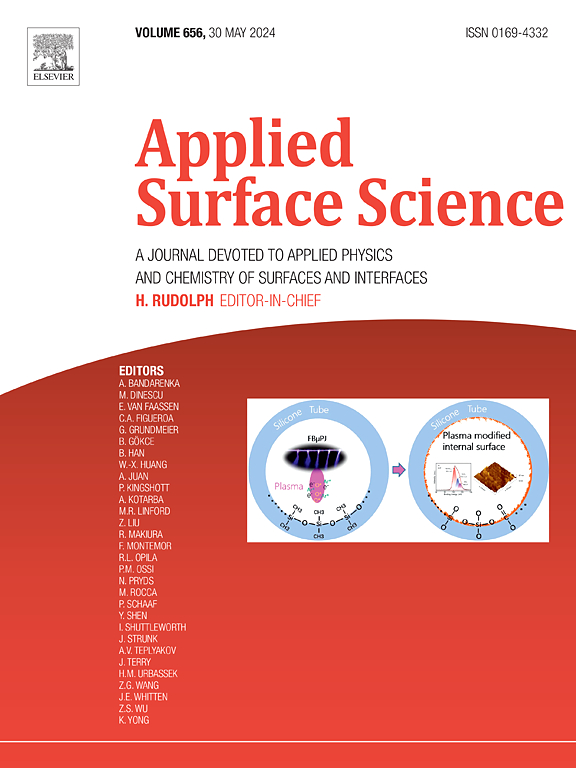Growth of InxGa1-xSb linearly graded buffers on GaSb substrate for ultra-low bandgap 0.1 eV InAsSb layer
IF 6.3
2区 材料科学
Q2 CHEMISTRY, PHYSICAL
引用次数: 0
Abstract
Metamorphic growth of 0.1 eV InAs1-xSbx layers on GaSb substrates presents a promising pathway for the development of cost-effective and scalable long-wavelength infrared (LWIR) photodetectors. To address the lattice mismatch challenge between InAsSb and GaSb, a sophisticated metamorphic buffer design is essential. In this study, we report an optimized InGaSb linearly graded buffer layer to grow a high-quality InAsSb layer on a GaSb substrate. We focus on optimizing the growth temperature to relax residual strain and achieve a smooth surface morphology for potential LWIR detector applications. Raising the growth temperature from 400 °C to 450 °C effectively reduces micro-pillar formations and promotes a high degree of strain relaxation (> 90 %). In addition, we study effects of grading rates of InGaSb graded buffers on surface morphology and dislocation propagation. By varying the buffer thickness from 100 nm to 1000 nm, we also find that crystal defects such as stacking faults, threading dislocations, and phase separation can be minimized. This systematic approach provides valuable insights for the growth of high-quality 0.1 eV InAsSb layers on GaSb substrate for LWIR applications.


求助全文
约1分钟内获得全文
求助全文
来源期刊

Applied Surface Science
工程技术-材料科学:膜
CiteScore
12.50
自引率
7.50%
发文量
3393
审稿时长
67 days
期刊介绍:
Applied Surface Science covers topics contributing to a better understanding of surfaces, interfaces, nanostructures and their applications. The journal is concerned with scientific research on the atomic and molecular level of material properties determined with specific surface analytical techniques and/or computational methods, as well as the processing of such structures.
 求助内容:
求助内容: 应助结果提醒方式:
应助结果提醒方式:


